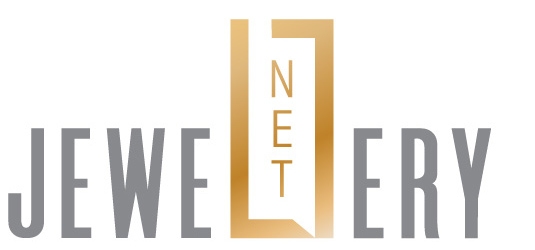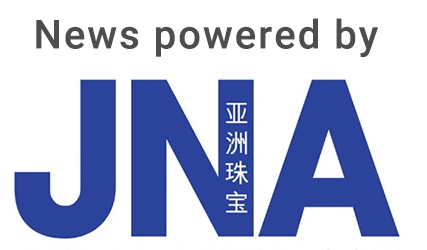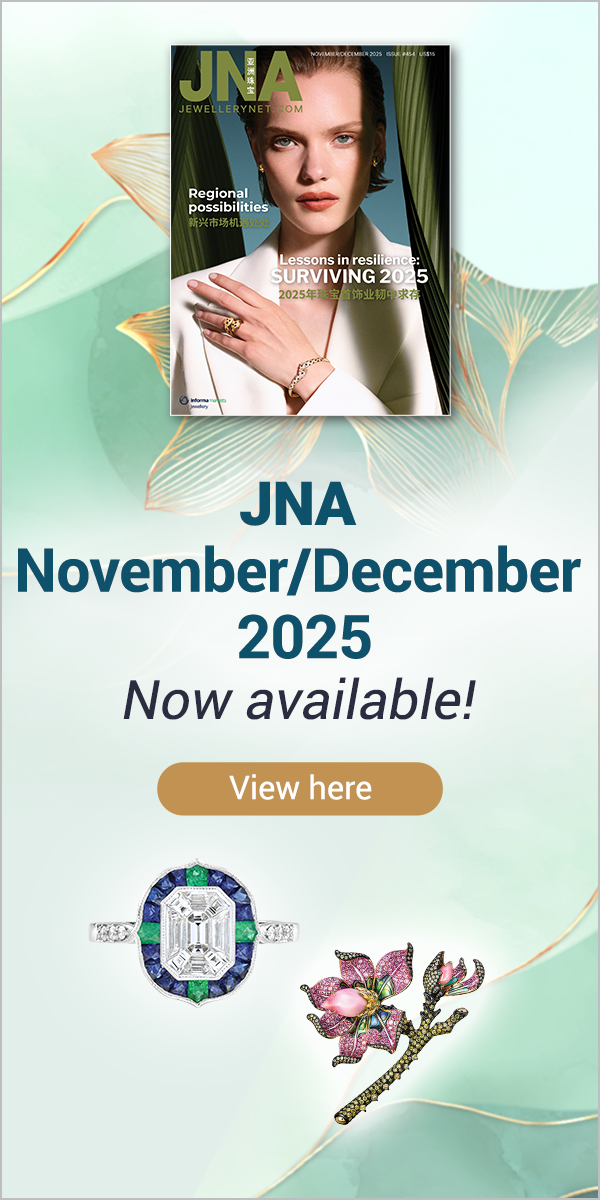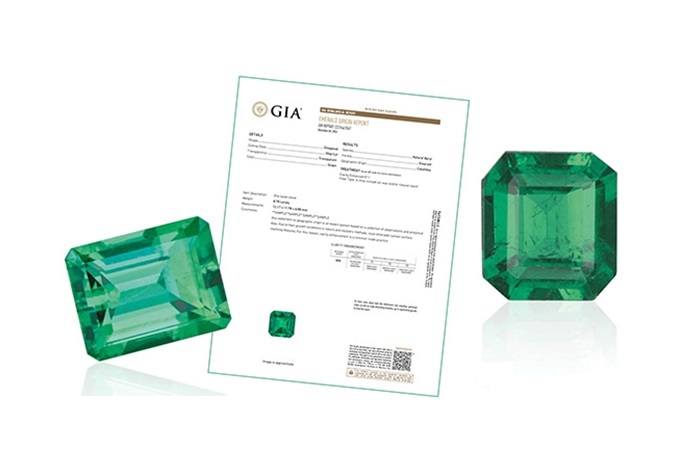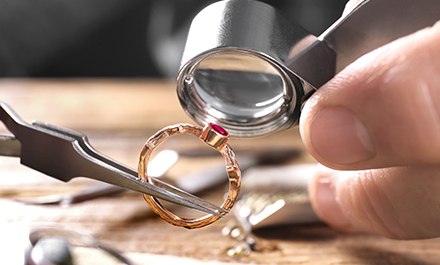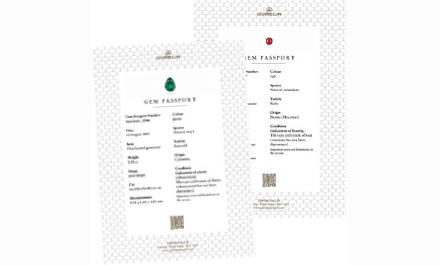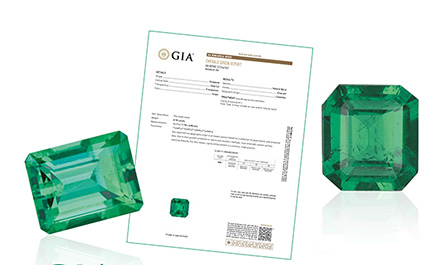Gemmological laboratories continue to revolutionise how diamonds and coloured gems are authenticated, traded and sold through state-of-the-art lab services and reports.
From AI-powered gem identification to tamper-proof digital certificates, these innovations address long-standing concerns about disclosure and misrepresentation while streamlining transactions across the value chain.
By regularly updating services and reports, laboratories are also helping modernise business practices while fostering transparency, trust and consumer confidence in an ever-evolving market.
As younger, tech-savvy consumers increasingly demand proof of authenticity and ethical sourcing, advanced gemmological tools will play an even greater role in the global jewellery trade.
Business essentials
The Gemological Institute of America (GIA) remains at the forefront of gemmological innovations. According to Tom Moses, GIA executive vice president and chief laboratory and research officer, the institute's new cut-grading system for fancy shaped diamonds will make its industry debut in 2027, further enhancing the lab’s diamond expertise.
GIA has been developing the programme for the specialised system for years. “We will start introducing the parameters in 2026 and launch it formally in 2027. As we developed the cut-grading system for round brilliants more than 20 years ago, this is going to be an analogue to that, but for fancy shapes,” revealed Moses. “This is an exciting opportunity to bring ideas of personalisation and customisation to retail consumers.”
In a previous interview, Moses said fancy shaped diamonds have accounted for less than one-quarter of the diamonds submitted to GIA for grading over the past 10 years. The percentage increased to nearly one-third in 2022 and remained there through 2024.
GIA has recently graded more long-cushion, oval and emerald cuts. Moses noted that advances in computer-aided design have made it easier for jewellery designers to incorporate fancy shapes into their creations, leading to heightened consumer interest and demand.
“The variety of cuts and facet arrangement for different shapes makes this a very interesting challenge. We are applying advanced mathematics and machine learning to this effort,” added Moses.
GIA also recently unveiled its revised evaluation services for D-to-Z laboratory-grown diamonds, which took effect on October 1. GIA president and CEO Pritesh Patel explained the rationale behind using descriptive terms for the quality of laboratory-grown diamonds: Majority of these products fall within a very narrow range of colour and clarity.
“Because of that, GIA will no longer use the nomenclature created for natural diamonds to describe what is a manufactured product,” continued Patel.
Under the GIA Laboratory-Grown Diamond Quality Assessment, lab-grown diamonds will be described as “Premium” or “Standard” based on an overall assessment of their clarity, colour and cut. Any diamond that does not meet all the minimum criteria for “Standard” will not receive a GIA assessment.
Lab-grown diamonds that meet all the following criteria will be classified as “Premium.”
Earlier in the year, GIA updated its well-established comprehensive pearl classification system, the GIA 7 Pearl Value Factors™, with an expanded approach to evaluating nacre.
Previously, GIA classified nacre as “Acceptable” or “Unacceptable” based on several factors. Acceptable denoted expected commercial nacre quality, in terms of thickness, layering and condition, while “Unacceptable” denoted poor quality nacre that may impact durability, such as thinness, chalkiness or damage.
Prompted by observations and requests from members of the global pearl trade, the new scale describes and classifies the continuity and quality of the nacre in a way that is more aligned with other quality factors.
The nacre scale was developed through detailed examination of a wide assortment of pearl samples with varied surface and sub-surface features that can indicate differences in nacre layering and continuity during a pearl’s growth. As a result of this update, majority of pearls submitted will now be classified as having Good, rather than Acceptable, nacre.
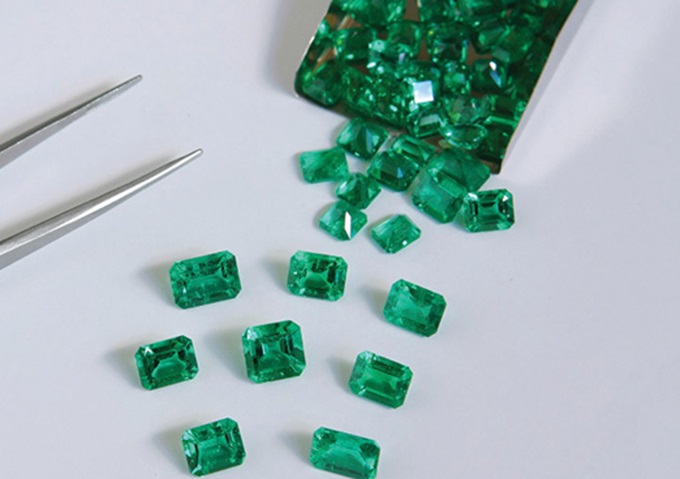
Polished emeralds. Photo courtesy of GIA
GIA is likewise making inroads in the coloured gemstone sector: It is now offering filler identification with its emerald reports in response to market needs. Moses explained, “As trade concerns about the degree and composition of filler in emerald have evolved, we have adapted our reports to those changes.”
The lab offered the identification of fillers in emeralds more than 20 years ago but changed the service to focus on identifying the degree of filler. This was in part due to the recognition that fillers can be removed, changed and mixed.
Age of technology
In July this year, Gübelin Gem Lab announced that it will make its artificial intelligence-powered Gemtelligence system available to external parties by end-2025.
Daniel Nyfeler, the lab’s managing director, said third parties such as other gem labs and large jewellery brands that operate their own labs will be able to use Gemtelligence to interpret data they collect on their stones.
Gemtelligence, launched in February 2023, can determine the origin of rubies, blue sapphires and emeralds and identify heat treatment in rubies and blue sapphires. The system is integrated in all the lab’s testing protocols in its operations in Lucerne, Hong Kong, New York and Bangkok as well as its mobile laboratories. Every Gemtelligence result though undergoes a plausibility check from a senior gemmologist before it is released.
It was trained on the Gübelin Reference Stone Collection of over 30,000 gemstones as well as a carefully curated selection of client stones received over the lab’s 100-plus years of operations.
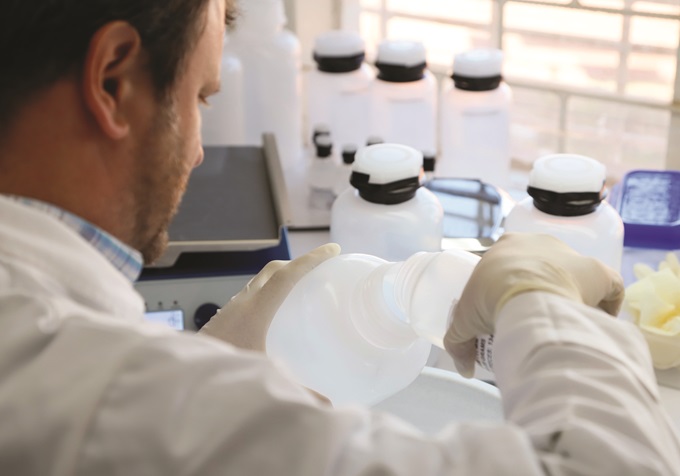
Provenance Proof and Emerald Paternity Test at Gübelin Gem Lab
Nyfeler added, “Towards the end of this year, the technology to grant externals access to Gemtelligence should be ready, and third parties can start profiting from the knowledge and expertise contained in the system.”
This will be a unique opportunity for gem labs that lack the privilege of a complete reference stone collection, making them less dependent on the knowledge of human experts, Nyfeler continued.
Gübelin Gem Lab continually expands and updates its database with stones from its fieldtrips, the most recent ones being to Tanzania, Vietnam, Pakistan and Madagascar. Moreover, a collection of over 1,800 reference samples from its former head of Research Dietmar Schwarz has been added to Gemtelligence’s training data.
Another breakthrough by Gübelin Gem Lab is the Gem Passport, which provides country of origin and heat treatment determination for rubies, blue sapphires and emeralds of up to 3 carats. Gem Passports are issued based on a standardised and automated testing protocol and a novel type of data interpretation handled by Gemtelligence.
It was also Gübelin Gem Lab that first introduced traceability for coloured gemstones with the official launch of the Emerald Paternity Test in 2017 followed by the Provenance Proof Initiative to track the origin and journey of gemstones. Today, the latter leads tracking and tracing technologies in the coloured gemstone industry with over 40 million gems on the Provenance Proof Blockchain and a community of more than 700 companies.
Provenance Proof, which spun off from Gübelin Gem Lab in 2020, now also encompasses diamonds and jewellery.
“Major diamond manufacturers and jewellery brands have started to apply the nano-tracers from Provenance Proof on melée diamonds and jewellery this year, making true, verifiable supply chain transparency a more standard feature of jewellery,” said Nyfeler.
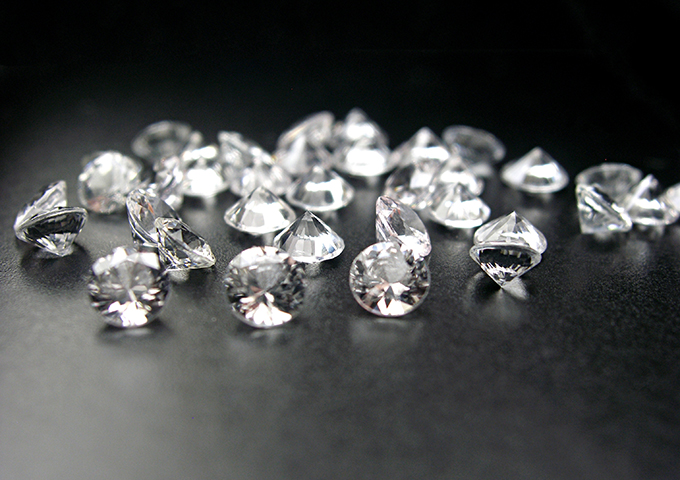
JGW & JNA: 42 Years, 42 Stories is an online series running throughout 2025 to celebrate the 42nd anniversary of Jewellery & Gem WORLD Hong Kong and JNA. A new story of creativity, craftsmanship and innovation will be released every week. Subscribe to free JNA News Alerts to be notified when the next story is out.
